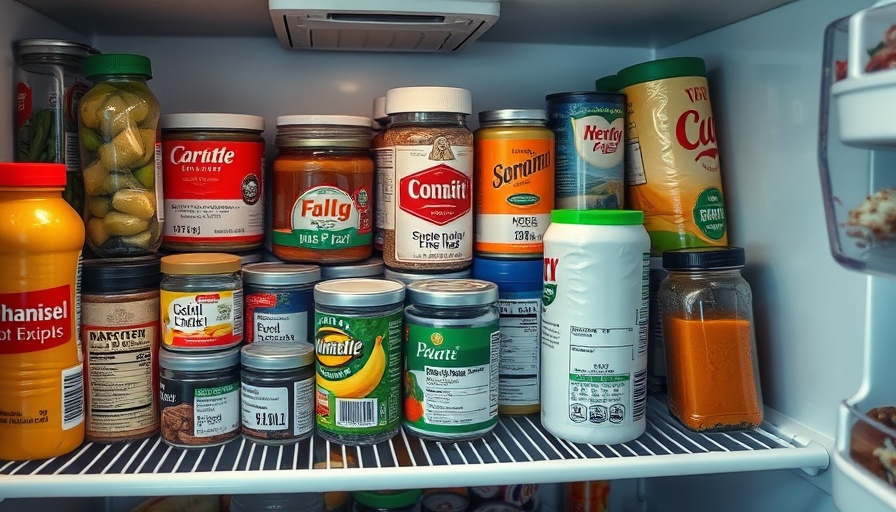
Understanding Food Expiration Dates: What Do They Really Mean?
Expiration dates on food products can often confuse consumers. Many believe that these dates indicate when food becomes unsafe to eat, but the reality is more nuanced. In the U.S., the terms ‘best before,’ ‘use by,’ and ‘sell by’ can differ significantly in meaning. A ‘best before’ date typically denotes quality rather than safety, suggesting that after this date, the food may lose its optimal flavor or texture yet remain safe to eat. On the other hand, ‘use by’ dates are found on perishable items that truly require attention to ensure food safety.
Navigating the Labels: Do They Matter?
Experts have long contended that most foods remain safe for consumption long after their displayed dates. For example, dry foods, canned goods, and frozen items typically possess much longer shelf lives than consumers are led to believe. According to data from the USDA, many items can maintain their quality for months or even years beyond these suggested dates, causing a reevaluation of how expiration labels influence buying behavior.
Social Impact of Food Waste: A Wasted Opportunity
With 30-40% of the food supply in the United States going to waste each year, understanding expiration labels can significantly reduce unnecessary waste. This loss not only impacts consumers' wallets but also has broader environmental implications. Food waste contributes to greenhouse gas emissions, with rotting food in landfills releasing methane, a potent climate-altering substance. Therefore, encouraging a more educated approach to expiration dates could help mitigate this pressing issue.
Counterarguments: When Expiration Dates Matter
While many articles advocate for a more lenient interpretation of expiration dates, it is crucial to consider the counterarguments. Some argue that specific products, particularly dairy, poultry, and seafood, can pose health risks if consumed after their expiration dates. Bacteria growth and toxin production are real threats in these items that should be taken seriously. Thus, consumers need to use discernment and conduct visual and smell tests on food items that have passed their expiration dates.
Future Trends in Food Safety: Technology to the Rescue
The future presents exciting prospects in understanding and enhancing food safety through technology. Smart labels, which change color based on the quality of the food, are currently being developed, providing more accurate assessments of food safety than traditional dates. In addition, apps that scan barcodes and provide insight into freshness could empower consumers with knowledge and confidence, helping to balance food safety with minimizing waste effectively.
Conclusion: Rethinking Our Relationship with Food
In an age where both environmental concerns and health crises are at the forefront of public discourse, rethinking our relationship with food expiration is vital. As consumers, understanding that the displayed dates often relate more to quality than safety can lead to smarter purchasing and consumption habits, thereby reducing waste and costs. By embracing fresh perspectives and technological innovations, we can work towards more sustainable food consumption practices.
Take control of your food choices and explore resources on food safety to make informed decisions. Educating yourself on these issues can help you contribute to reducing waste and promoting a healthier environment.
 Add Row
Add Row  Add
Add 




Write A Comment